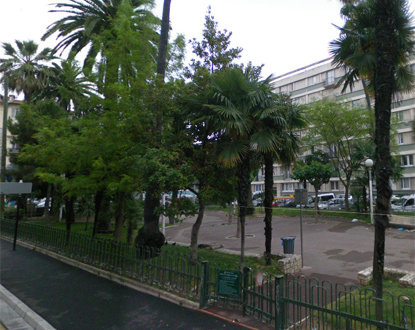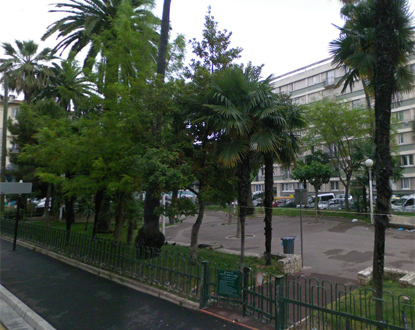New public demonstration yesterday by the collective opposing the Trachel Street rehabilitation project, attended by elected officials Patrick Mottard, general councilor of the canton, Patrick Allemand, president of the municipal opposition group Changer d’Ère, and Emmanuelle Gaziello from the Communist Party, who is also a municipal councilor.

Fortunately, the three elected officials present were able to point out the right path to follow to alleviate this feeling of abandonment and protest by directing the people to the investigating commissioner who is currently hearing before submitting his analysis and advice report to the authorities who mandated him.
But in reality, what is it about?
Nice city center will be renovated and will undergo a renewal. More precisely, it is the Vernier, Notre-Dame, and Thiers neighborhoods that will benefit. The program concerning these neighborhoods will apply over five to seven years (2011-2017).
Trachel Street is among those that will be renovated thanks to this PNRQAD (National Program for the Rehabilitation of Degraded Old Neighborhoods) concerning the Nice city center.
The project includes the demolition of two buildings as well as a portion of the Bensa courtyard and the construction of 109 homes on the current Colonel Jean Pierre square.
The protesters, mainly residents of the buildings planned for demolition, challenge the public utility of a major interest garden as well as an authentic 1870s Nice building, replacing them with new housing and a park that will not provide the same interest without including the neighborhood’s inhabitants, particularly the affected individuals, in the decision-making process.
For the record, the apartments in question have sometimes been recently purchased by the owners and maintained by them, while the park has undergone recent development work.
The question that arises, beyond the method, is whether these long and costly works are truly in the interest of the neighborhood.
Moreover, the collective contests the definition of “substandard housing and a particularly difficult economic and social situation” that would justify intervention.
In this respect, relying on appearances, one must honestly say that the affected population belongs to a modest social class but is far from the clichés of a so-called sensitive neighborhood.
And if the interest of the operation is to promote social diversity, wouldn’t it be better to avoid a larger urban densification with the construction of more new housing than those that will be demolished?
In this case, wouldn’t it be better to seek advice from those who live there and not rely on a fleeting impression from a drive-by on the expressway?
However, Madam Dominique Estrosi-Sassone, deputy in charge of housing, wants to reassure by asserting that one must wait for the result of the public inquiry to make definitive decisions.



